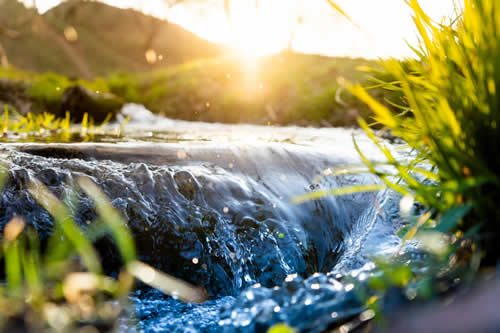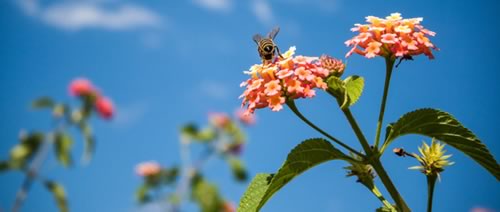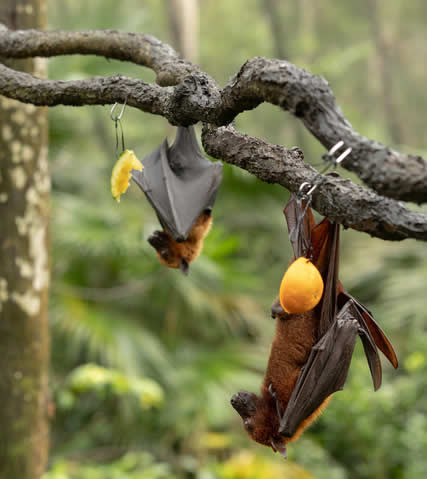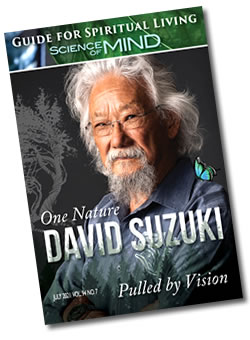 |
|
||
 |
 ...more |
 |
 ...more |
 |
 ...more |
 |
Nature Demands Change
“Nature will not let us stay in any one place for too long. She will let us stay just long enough to gather the experience necessary to the unfolding and advancement of the soul. This is a wise provision, for should we stay there too long, we would become too set, too rigid, too inflexible. Nature demands change in order that we may advance.” — Ernest Holmes |
||||||||||
One Bee, One Clover
In her poem “To Make a Prairie,” Emily Dickinson wrote:
Just as we know the natural world requires prairies to thrive, nature and humans require bees. In the 1980s, naturalists and scientists began shining a light on bee colony collapse disorder, in which worker bees died as they searched for food, leaving the colony to die as well. Since then, the plight of our pollinators has been in the spotlight, as we recognize how our food supply chain would collapse without them. Beekeepers cope by breeding more bees. Farmers experiment with cultivating bees other than honeybees. Governments ban pesticides that destroy pollinator habitats, from bees to butterflies, yet population growth continues to decimate their natural habitats. Dwindling bee and butterfly numbers compel us to act. Even those who live in cities and suburbs can create great habitats for our pollinators as long as we provide food and shelter. By tweaking the ways in which we build and manage our communities, we can play a vital role in bringing bees, butterflies and other essential insects back from the brink. Simply adding native plants to a garden or balcony is an important first step. Local bees and butterflies constantly seek supplies of energy-rich nectar and protein-filled pollen from local wildflowers, shrubs and trees. Find more information and ways to get involved at: DavidSuzuki.org/Project/Pollinators/. |
||||||||||
Pollinators and Humans:
A Symbiotic RelationshipBirds, bats, bees, butterflies, and beetles are among the species that pollinate plants. According to Pollinator Partnership, these creatures bring us one out of every three bites of food. They sustain our ecosystems and produce our natural resources, all by helping plants reproduce. Pollinators transfer genetic materials critical to the reproductive systems of most flowering plants. They bring us fruits, vegetables and nuts. They also pollinate roughly half of the world’s natural oils, fibers and raw materials. As any gardener or farmer knows, pollinators prevent soil erosion. They even increase carbon sequestration. Scientists across the globe continue to sound the alarm at dwindling numbers of pollinators, including but not limited to bees. Pollinator Partnership lists three ways each of us can help restore habitats and protect pollinators:
|
||||||||||
|
||||||||||
|
||||||||||
| ||||||||||
 |
 ...more |
 |
 ...more |
 |
 ...more |




